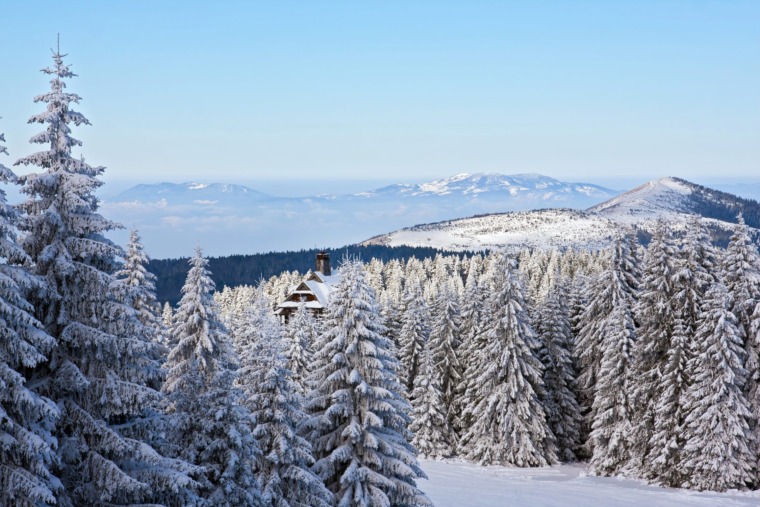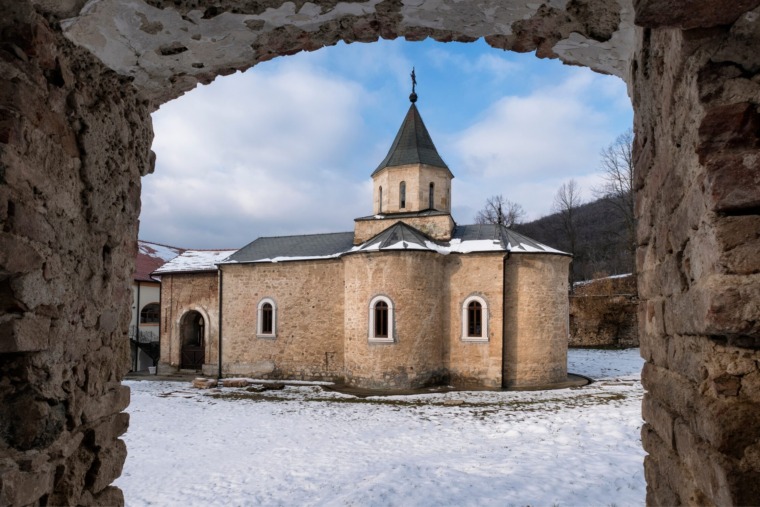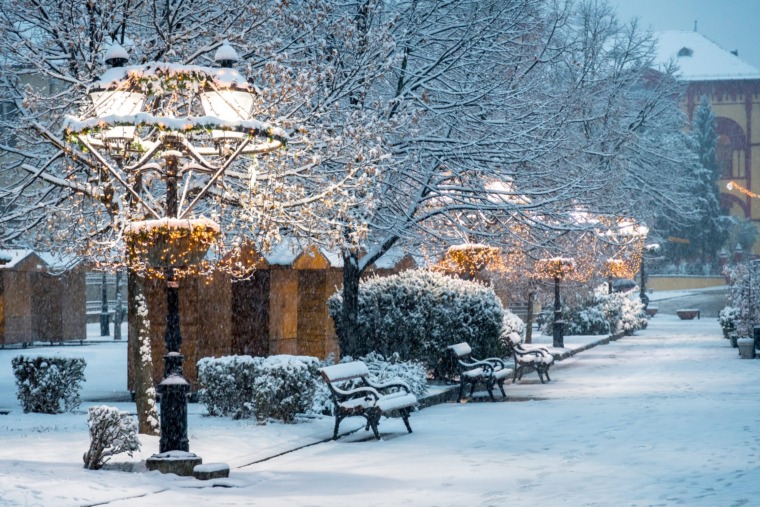
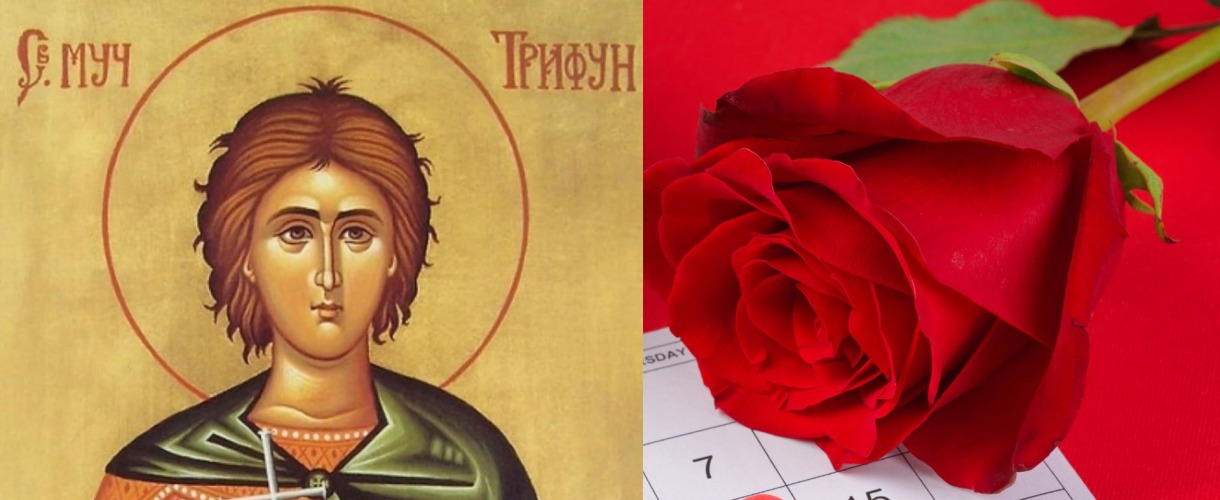
In Serbia, Saint Trifun’s Day is celebrated on February 14, coinciding with the Western celebration of Valentine’s Day. However, the significance of this day in Serbia goes beyond just romantic love—it’s a day rooted in ancient customs, fertility rituals, and the protection of vineyards, blending Christian tradition with folk beliefs.
Who Was Saint Trifun?
Saint Trifun lived in the 3rd century in Asia Minor (modern-day Turkey) and is most famously known for his miraculous healing powers. According to legend, he was able to cure the daughter of the Roman emperor Gordian from a curse caused by an evil spirit.
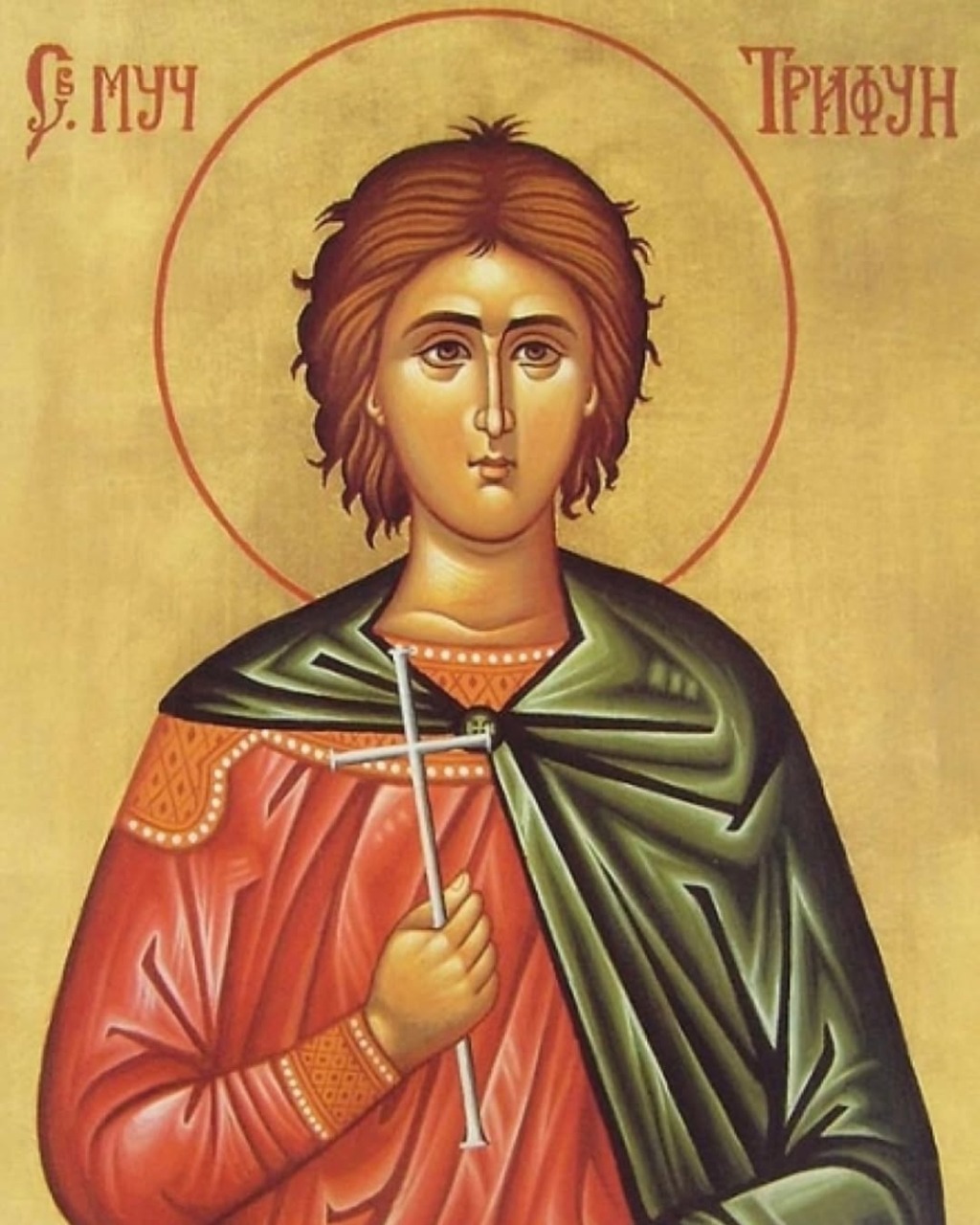
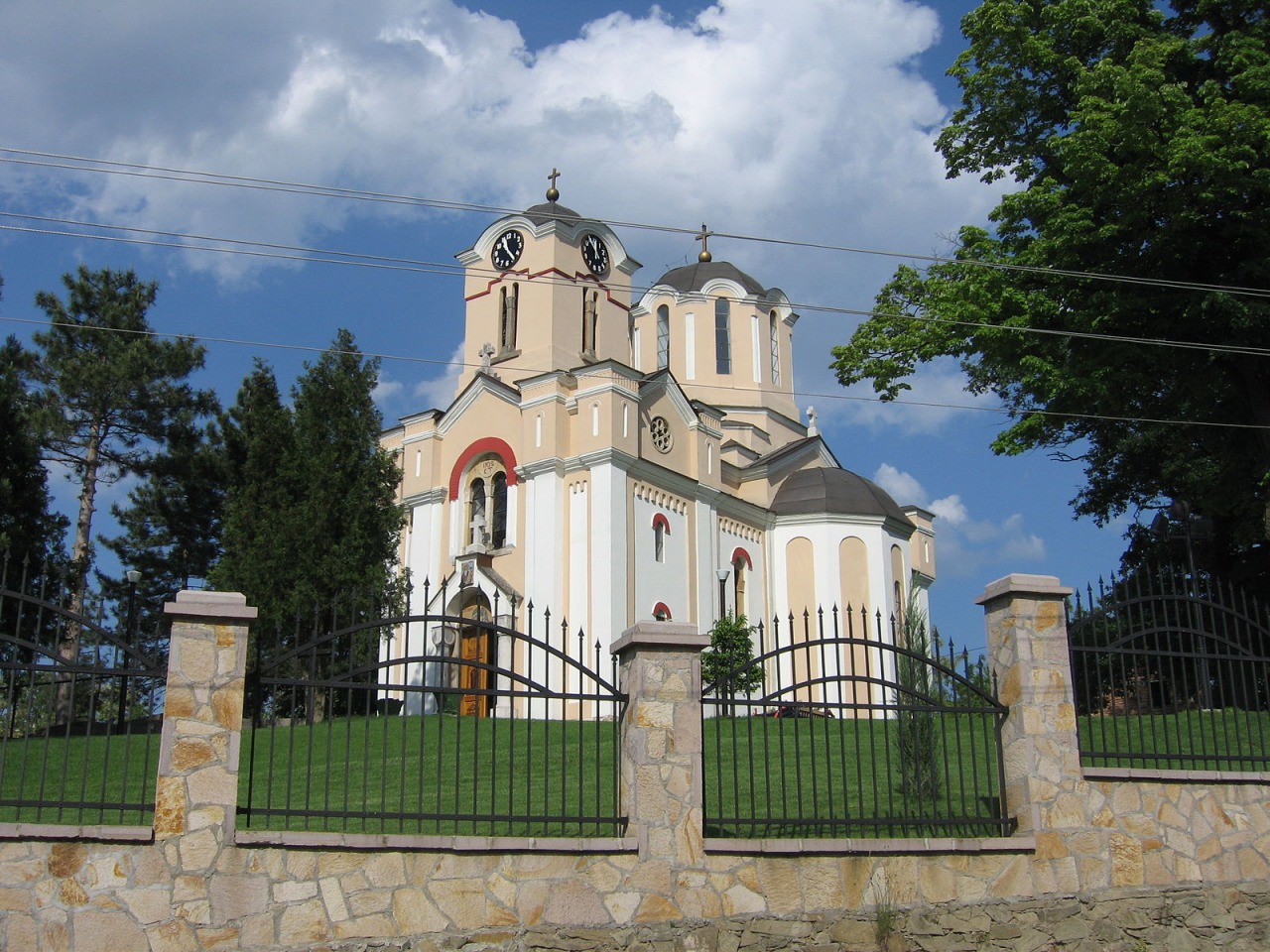
Because of this, he was venerated as a healer, protector, and saint. His feast day became a symbol of new beginnings and the revitalization of nature, particularly in relation to agriculture and love.
The Tradition of Vineyards and Love
In Serbia, the celebration of Saint Trifun’s Day is most closely associated with vineyard workers and winegrowers. As one of the first signs of spring, it is believed to be a day when the vitality of vineyards must be restored after the cold winter months. On this day, farmers and winemakers perform the tradition of pruning the vines and watering the grapevines with wine to ensure a fruitful and bountiful harvest. This practice is done with the belief that the year will be productive and the wine will be sweet when harvested in the fall. In some regions of Serbia, the day is known as “Orezač” (Pruner), “Zarizoj,” or “Zarezojlo.”
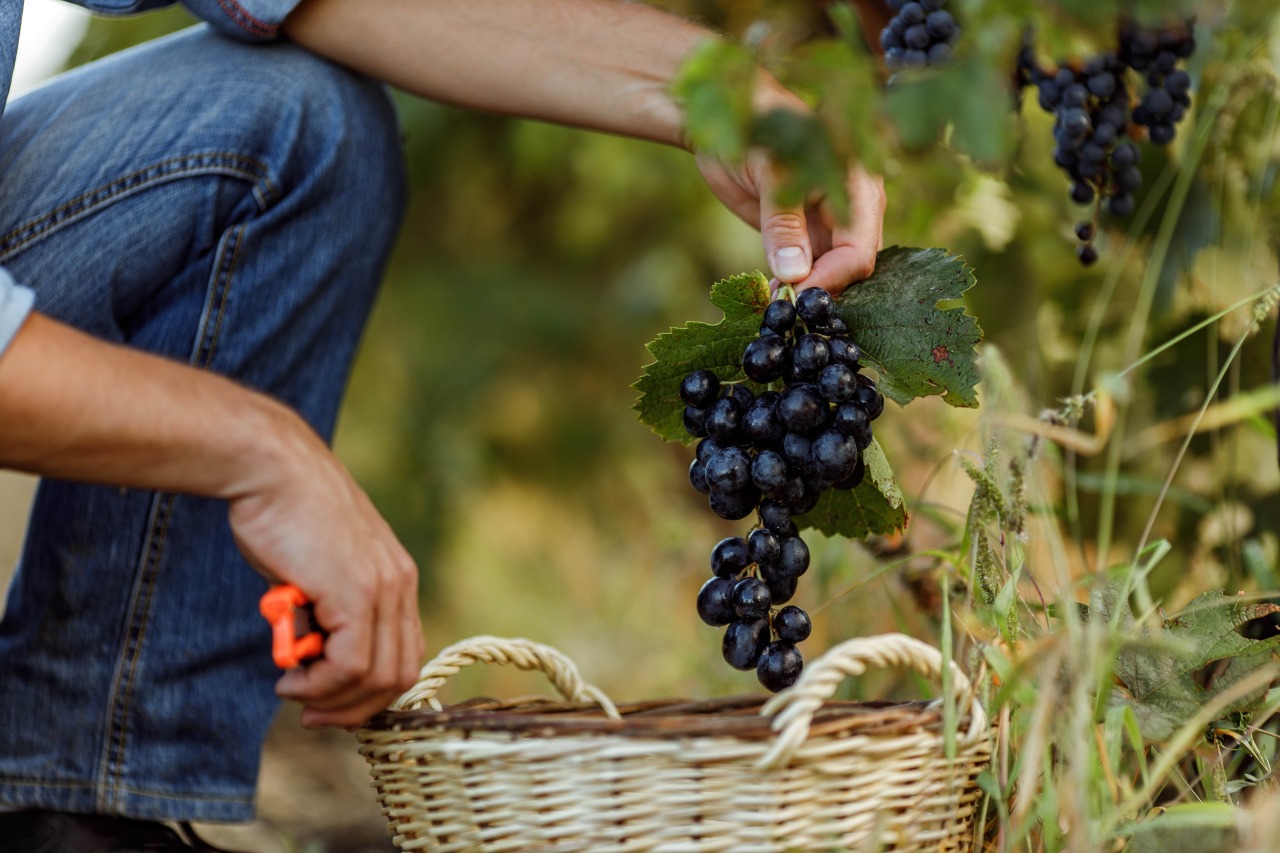
This connection between Saint Trifun and the health of the vine is so strong that many families continue the custom of pruning a vine or performing rituals in vineyards to ensure prosperity and growth in the year ahead.
Weather Predictions and Superstitions
The weather on Saint Trifun’s Day is believed to have a direct impact on the upcoming agricultural season. According to old Serbian beliefs, if it snows or rains on this day, it signals a fertile, abundant year, with good crops and fruitful vineyards. On the other hand, if the day is clear and sunny, it is thought to herald a dry, barren year. This superstition is rooted in the idea that Saint Trifun awakens the earth from the deep winter slumber. It is said that as he celebrates his feast day, he pierces the frozen ground with a glowing ember, causing the snow to melt and the earth to begin its renewal, signaling the arrival of spring.
Saint Trifun and Love
As Saint Trifun’s Day also coincides with the celebration of love in Serbia, it’s a day filled with both romantic and spiritual significance. The connection between the saint and love can be seen in some of the folk poetry associated with the day. For instance, a traditional line recited during this time goes:
“Raspršavam ove seme zaljubljen/a, ovo seme posejaću u ljubavi, Ti, koja si moja prava ljubav, Dođi po mene i ostani dok raste, Baš kao i moja ljubav prema tebi.”

This phrase, often spoken by those hoping to find their true love, speaks of planting seeds of love that will grow as a bond between the speaker and their beloved.
For those searching for their soulmate, there is a peculiar tradition: If you visit a churchyard at midnight on Saint Trifun’s Day, throw sunflower seeds over your shoulder while reciting the above words, it is believed to increase your chances of meeting your true love.
A Day of Protection and Blessings
In addition to its connections with vineyards and love, Saint Trifun’s Day is also a significant religious event. Many families celebrate him as their patron saint (krsna slava) and offer prayers for protection from natural disasters, particularly floods and hail. As the protector of vineyards, his blessings are sought for healthy crops and good harvests, and the day is seen as a spiritual moment to seek his divine protection.
Saint Trifun is also invoked against harsh weather conditions, as his name and influence are linked to the transition from winter to spring. In some regions, prayers are offered for protection from destructive storms that could harm crops, homes, and families.
In Conclusion: A Celebration of Renewal
Though Saint Trifun’s Day is rooted in the practical needs of agriculture, it is a day filled with joy, optimism, and love. Whether it’s the custom of pruning grapevines for a fruitful year or the heartfelt wishes of those searching for true love, the celebration of this day in Serbia highlights the deep connection between nature, faith, and human emotions. It marks a day of renewal—a day when the first signs of spring break through the cold winter, and the warmth of love and community fills the air.
Related Articles

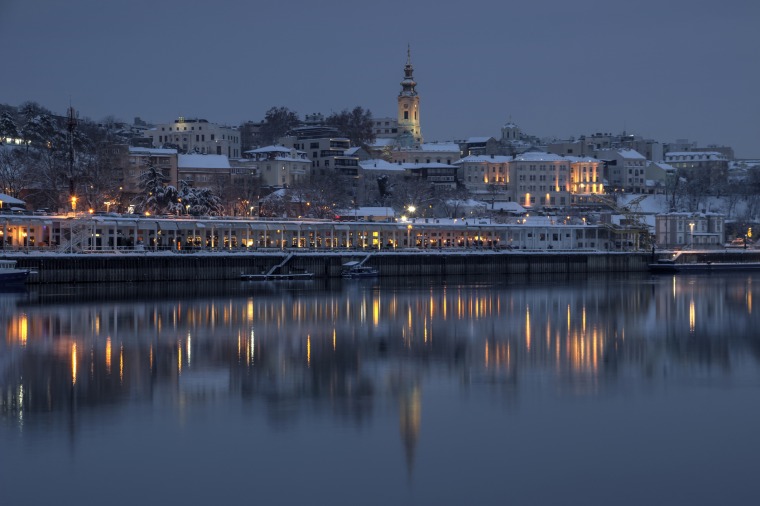
Belgrade in December: A City of Lights, Warmth, and Holiday Magic
December 5, 2025